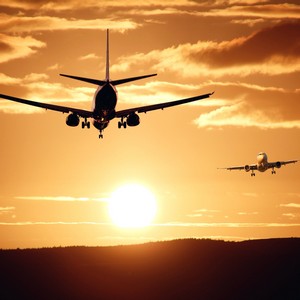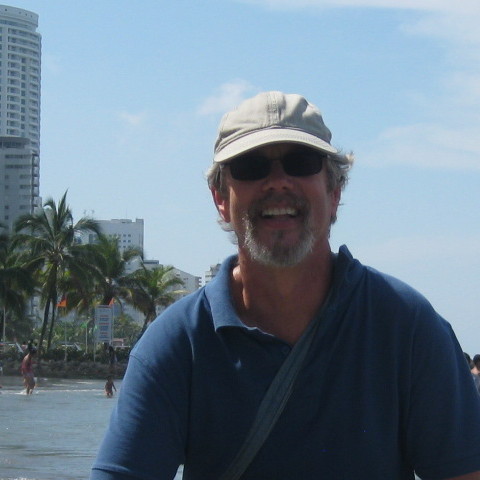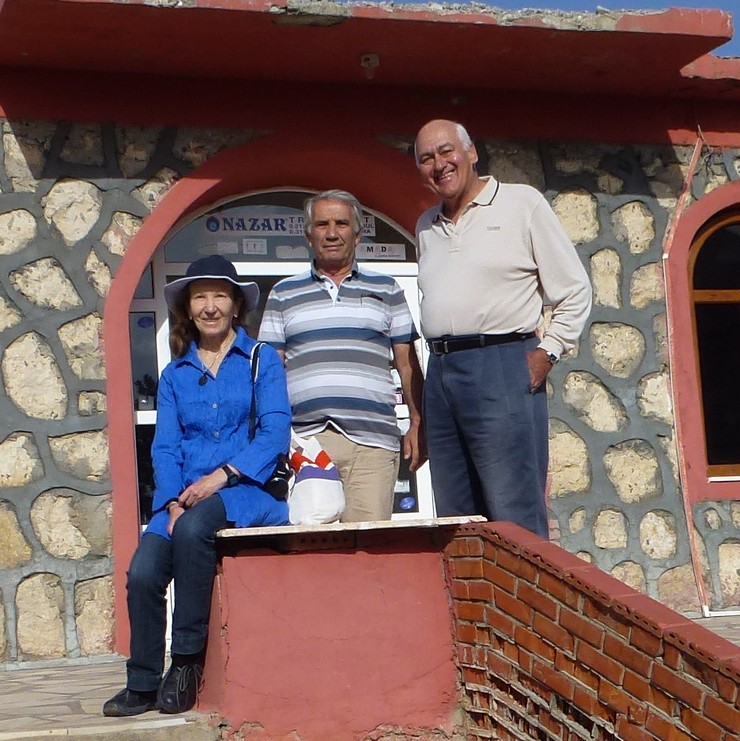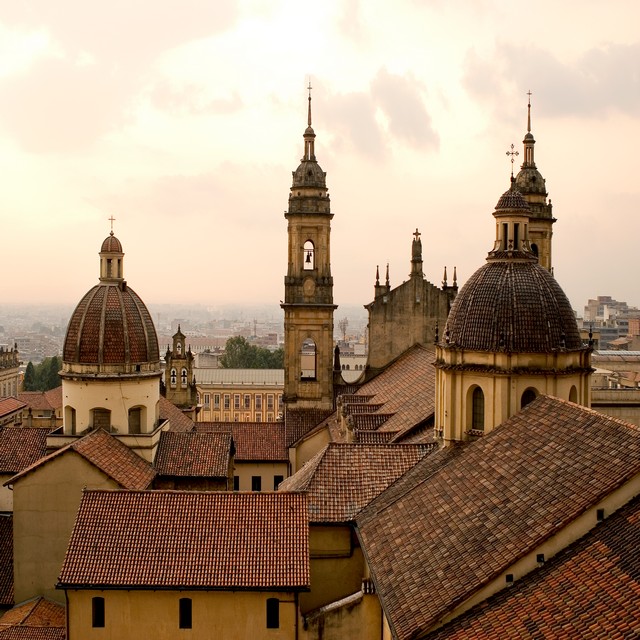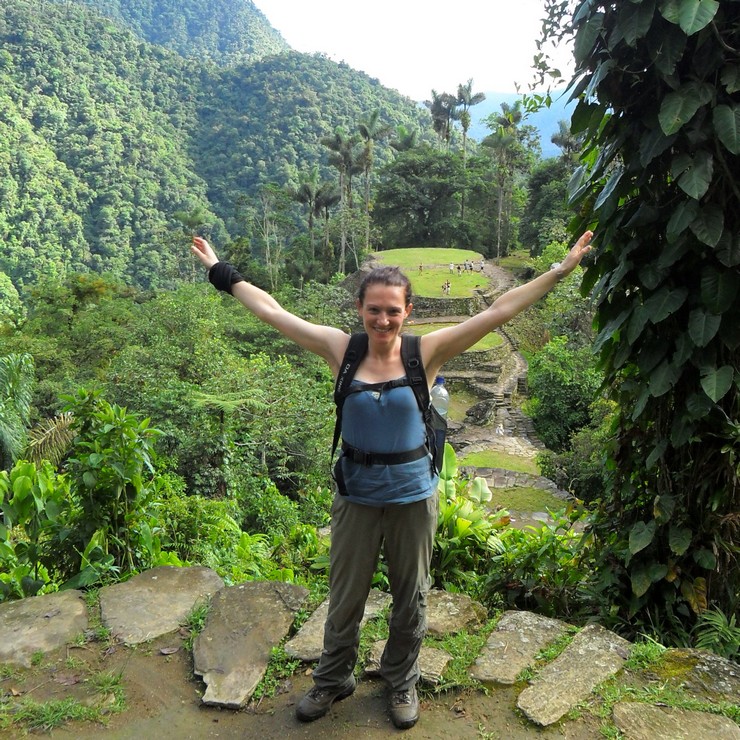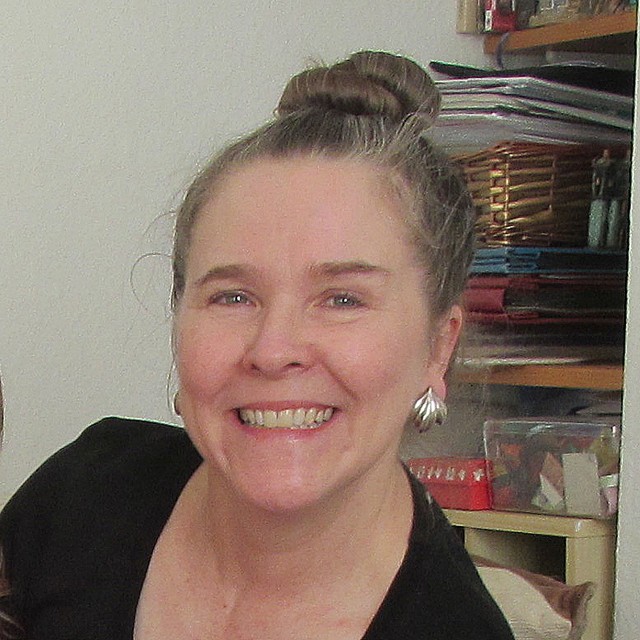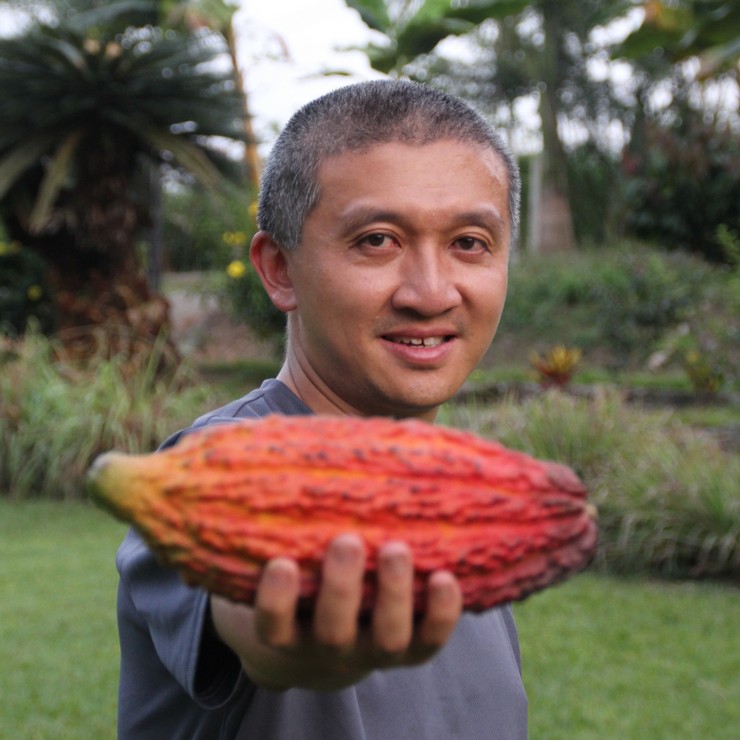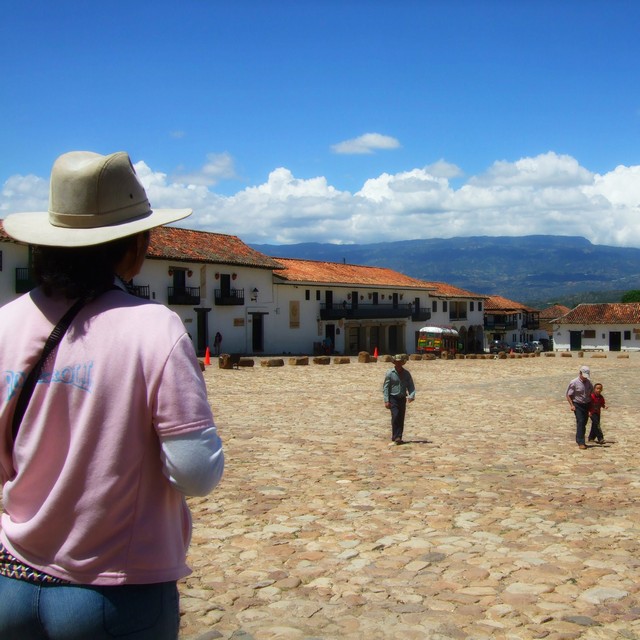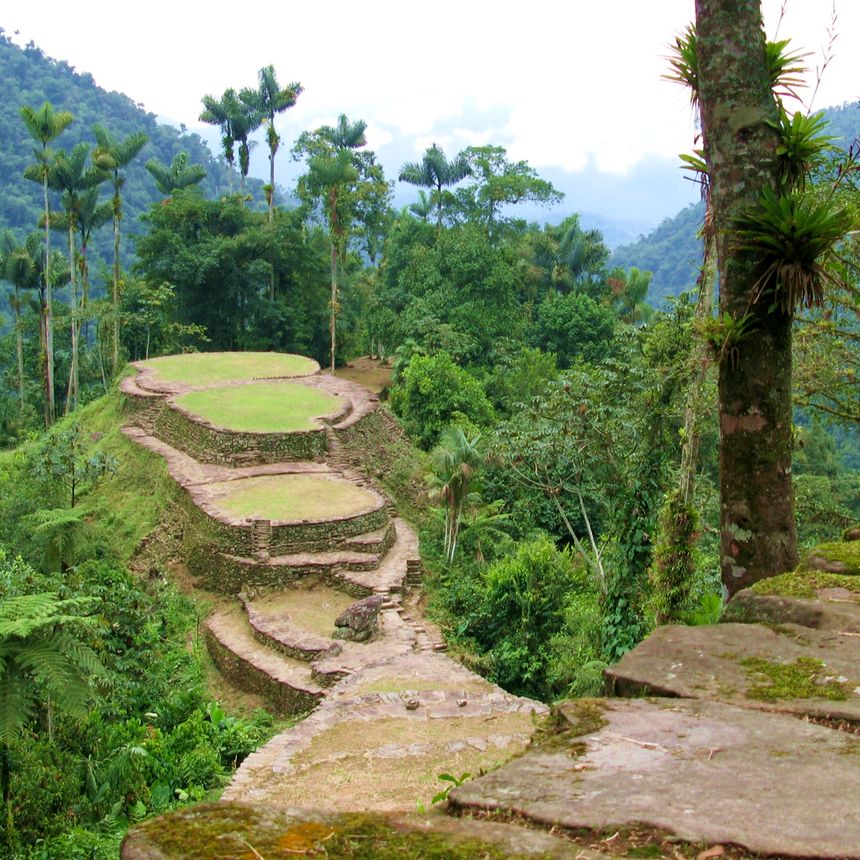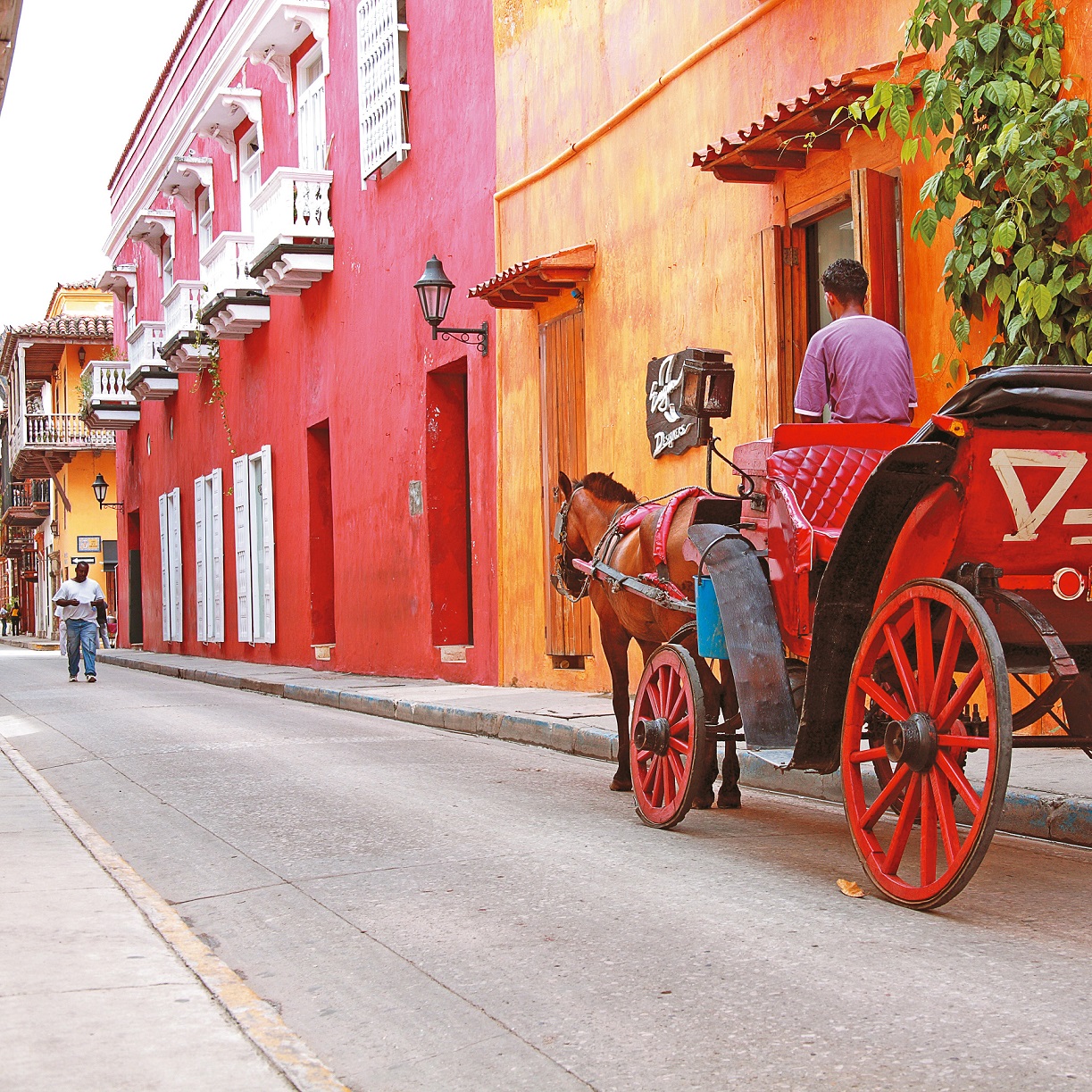After breakfast, embark on a half-day visit to the historic centre of Bogotá known as La Candelaria. Visit the Plaza de Bolívar, where a statue of the great liberator Simón Bolívar is located. The visit continues with the renowned Museo Botero and Museo del Oro. The afternoon is free for your to explore Bogotá at your leisure. Overnight in Bogotá.
Overnight in Hotel B3 Virrey, Bogotá
Meal plan: Breakfast
Nestled high in the Andes at 2620 m. (8646 ft), Bogotá, or Santafé de Bogotá to give it its full title, is a city of contrasts, with high-rise buildings standing next to colonial churches, museums and artisan cafés. Its influences range from Spanish and English to Indian. It is a city of wild traffic and calm oases reflecting a bygone era.
La Candelaria is an historic neighbourhood in downtown Bogotá. The architecture of the old houses, churches and buildings utilises Spanish colonial and baroque styles, with iron windows, sturdy wooden doors and internal patios with beautiful yet hidden gardens. This vibrant district hosts the Botero Museum, which showcases not only the works of Colombia's most famous painter but also paintings by Monet and Picasso from Botero's private collection. The 'barrio' is also home to the largest and most impressive gold museum in the world, showcasing an enormous assortment of pre-Hispanic gold work, the church of Monserrate, with its stunning views over the city, many government buildings and an array of cafés and restaurants to suit every taste.
The Museo Botero is a colonial house in Bogotá filled with works of art created and donated by the renowned Colombian painter and sculptor, Fernando Botero. The museum houses one of Latin America's most important international art collections. There are over 100 of Botero's works on show, in addition to artwork from his own personal collection that includes pieces by Picasso, Renoir, Dalí, Matisse, Monet and Giacometti.
Bogotá's Museo del Oro (Gold Museum) has a permanent exhibition of approximately 32,000 pieces of gold, 20,000 stones, ceramics and textiles: all of incalculable value to the Quimbaya, Calima, Tayrona, Sinu, Muisca, Tolima, Tumaco and Magdalena cultures. The Museo del Oro is considered as one of the most important museums of its kind internationally and has been functioning since 1939. In 2007 it underwent a complete overhaul to make it an interactive museum that brings the objects on display to life.
The Plaza de Bolívar, previously known as the Plaza Mayor, was used for civil and military purposes, as a marketplace, at one time as a bullring and also as a gallows. The Cathedral, on the eastern side of the plaza, is built on the remains of Bogotá's first church, constructed in 1539, and houses an important collection of religious artefacts including textiles and artwork that has been collected over four centuries. The Capitol, built between 1847 and 1926, shows renaissance and neoclassical influences with carved stonework and tall columns. Around the Plaza de Bolívar are the Palacio de Justicia, the Mayor of Bogotá’s offices (the Edificio Liévano), the oldest school in the country, San Bartolomé, and the Casa de los Comuneros, so named to honour one of the earliest movements for independence from Spain towards the end of the 17th century.
